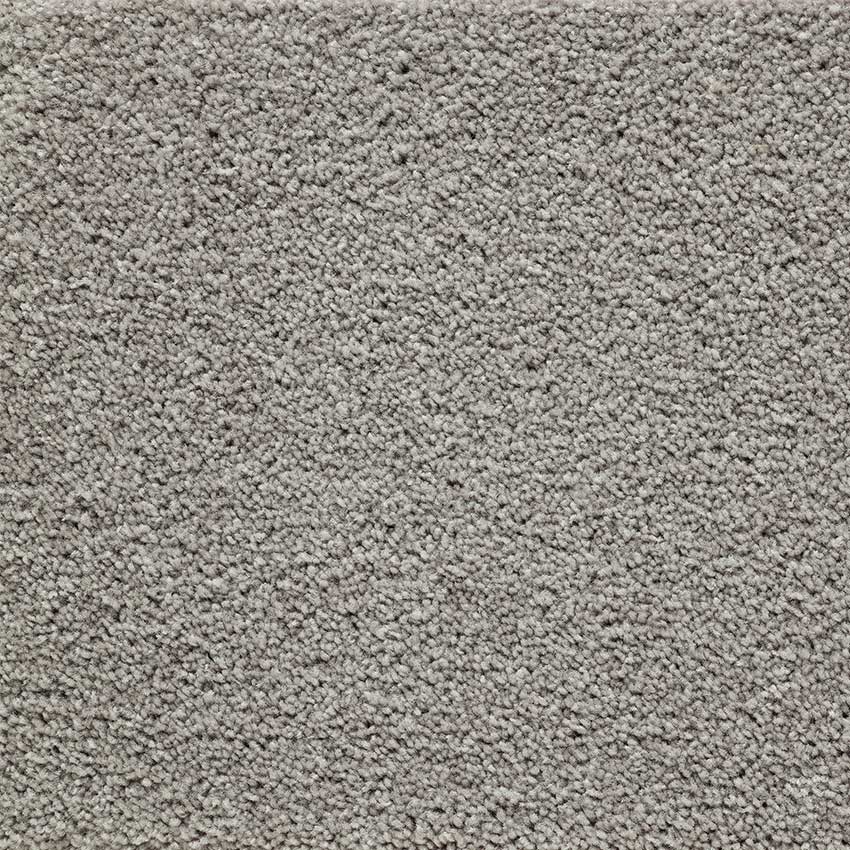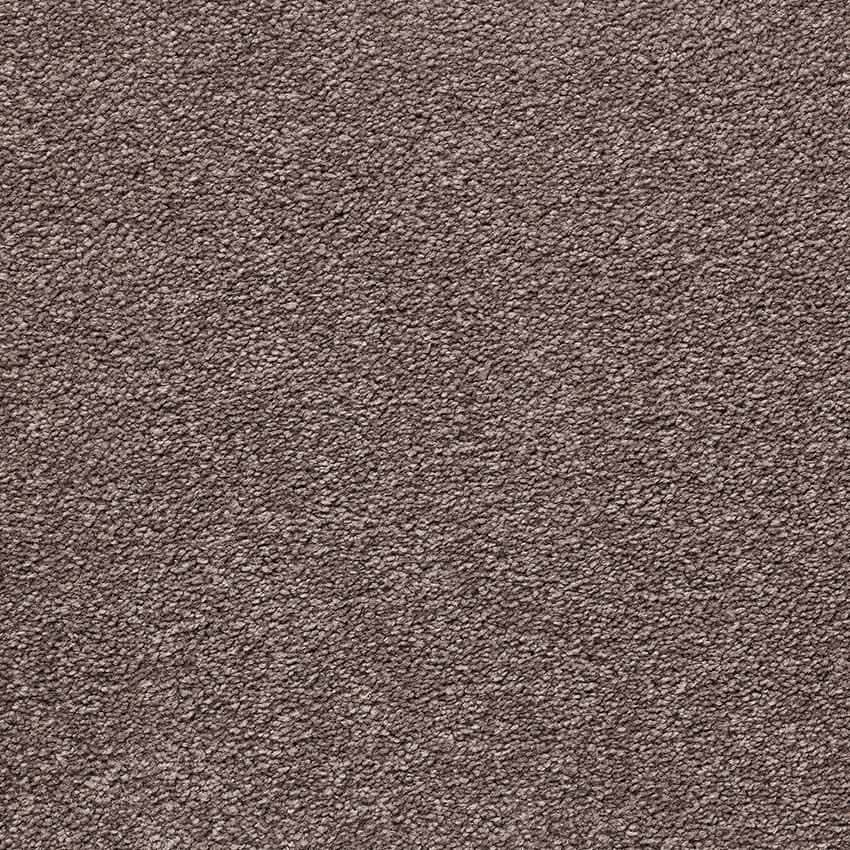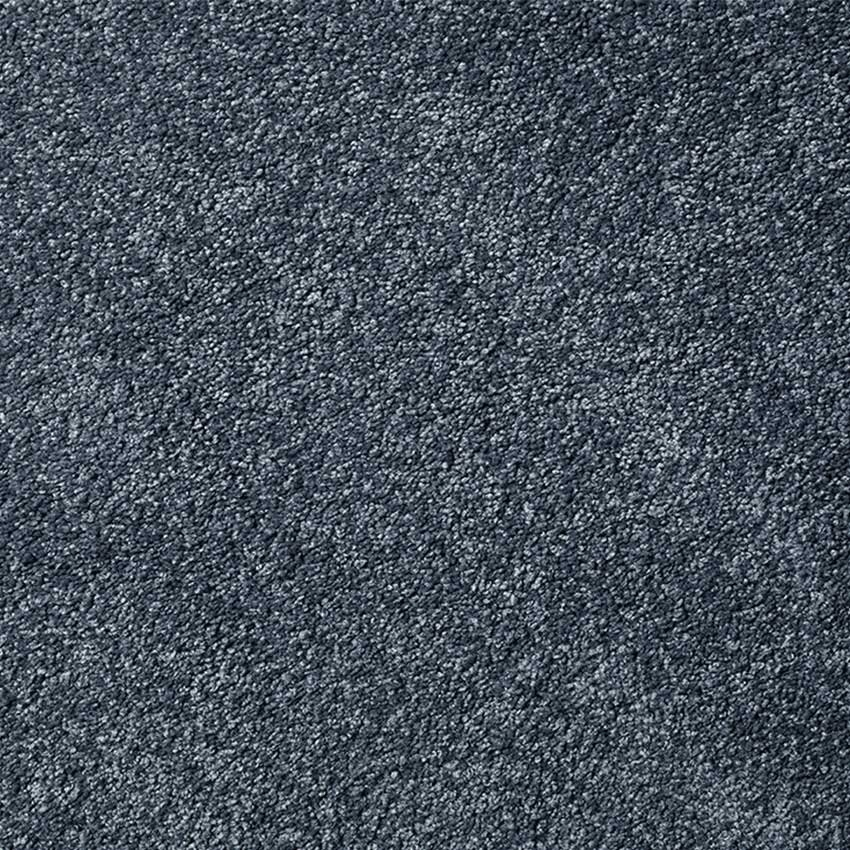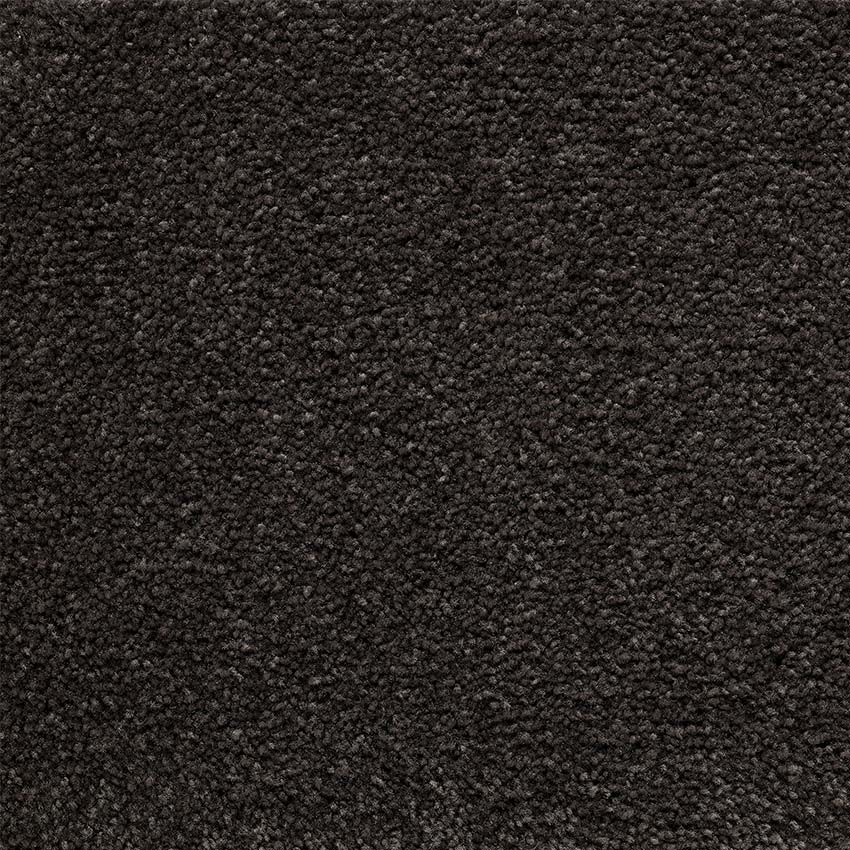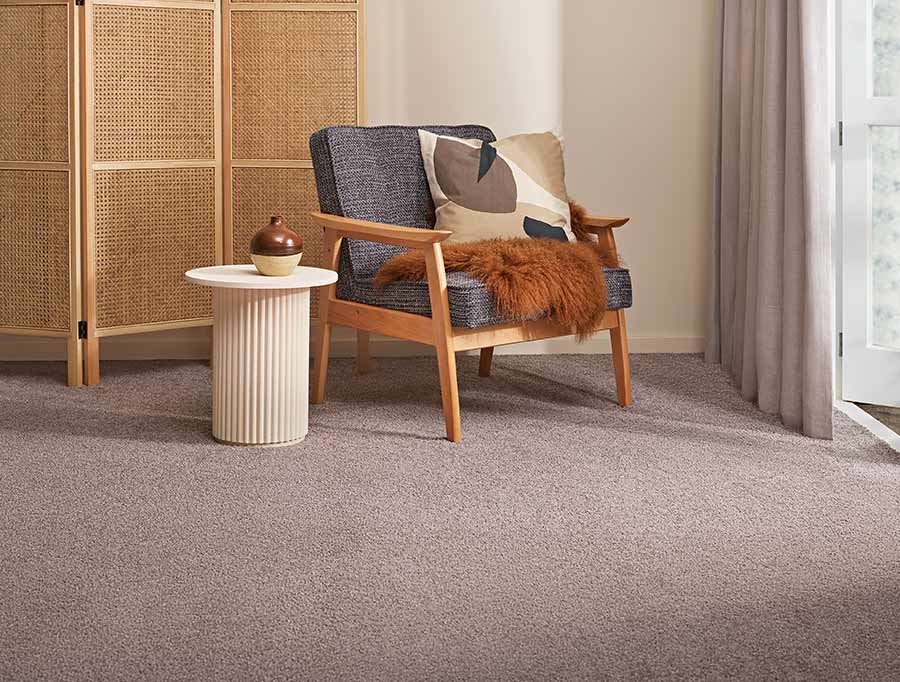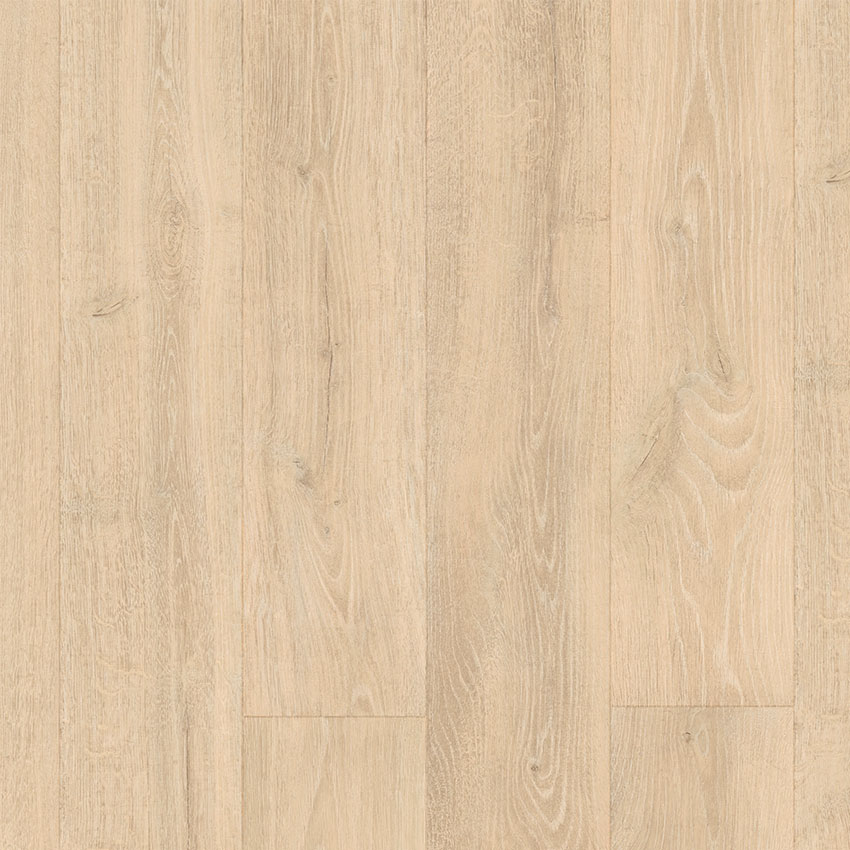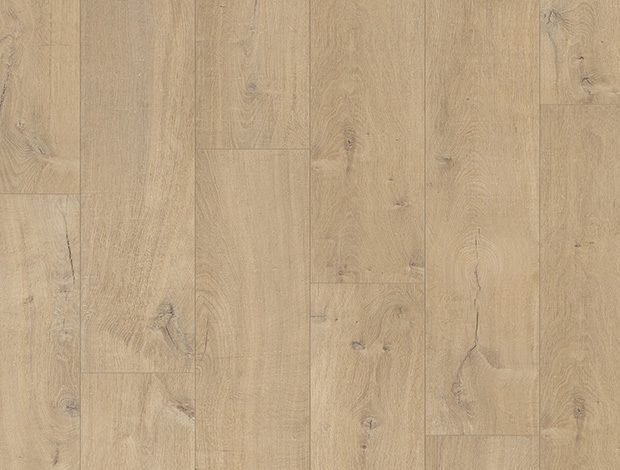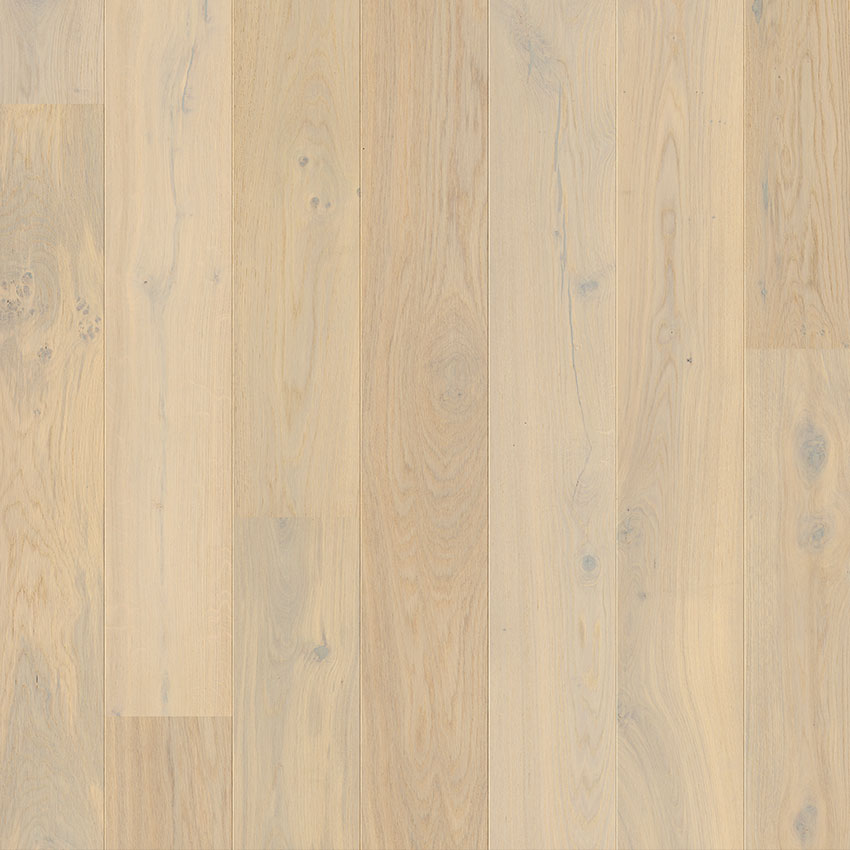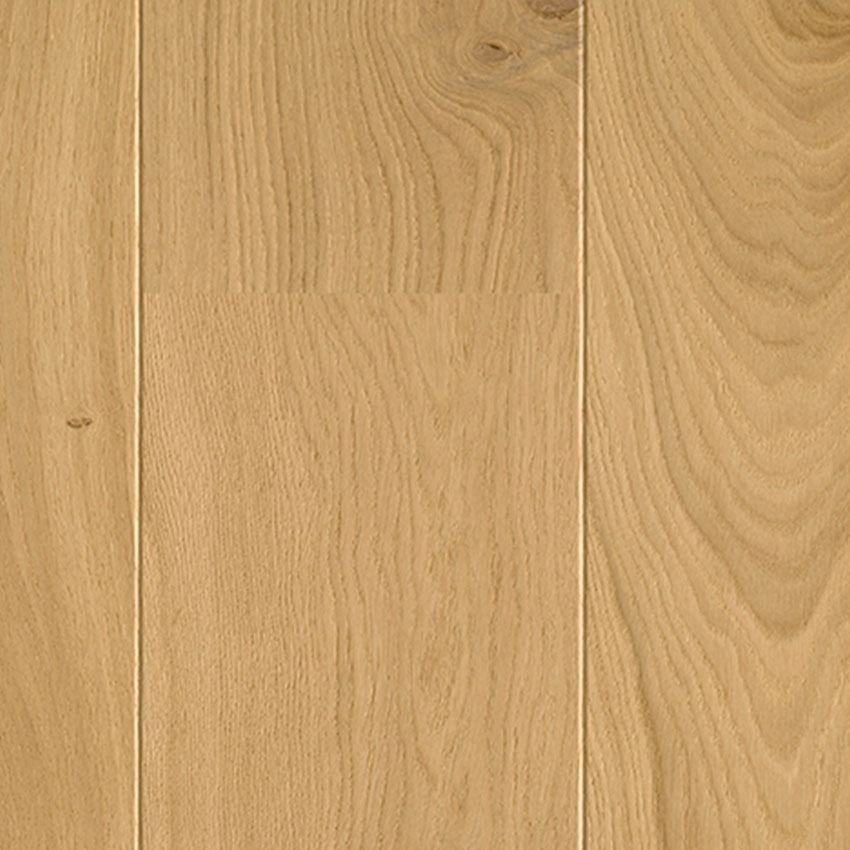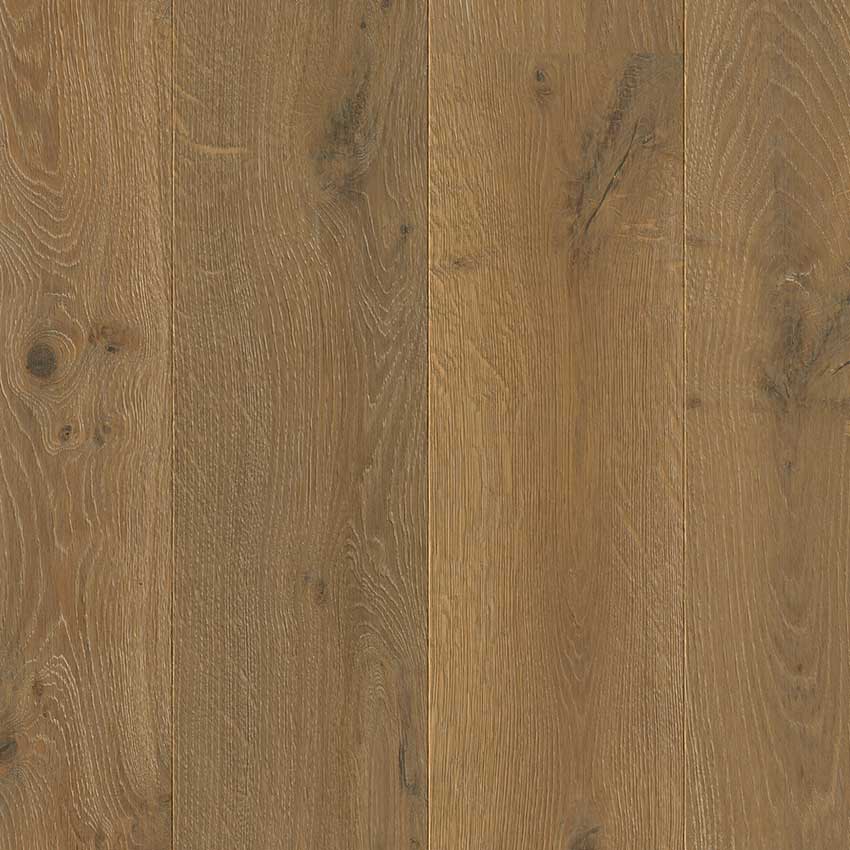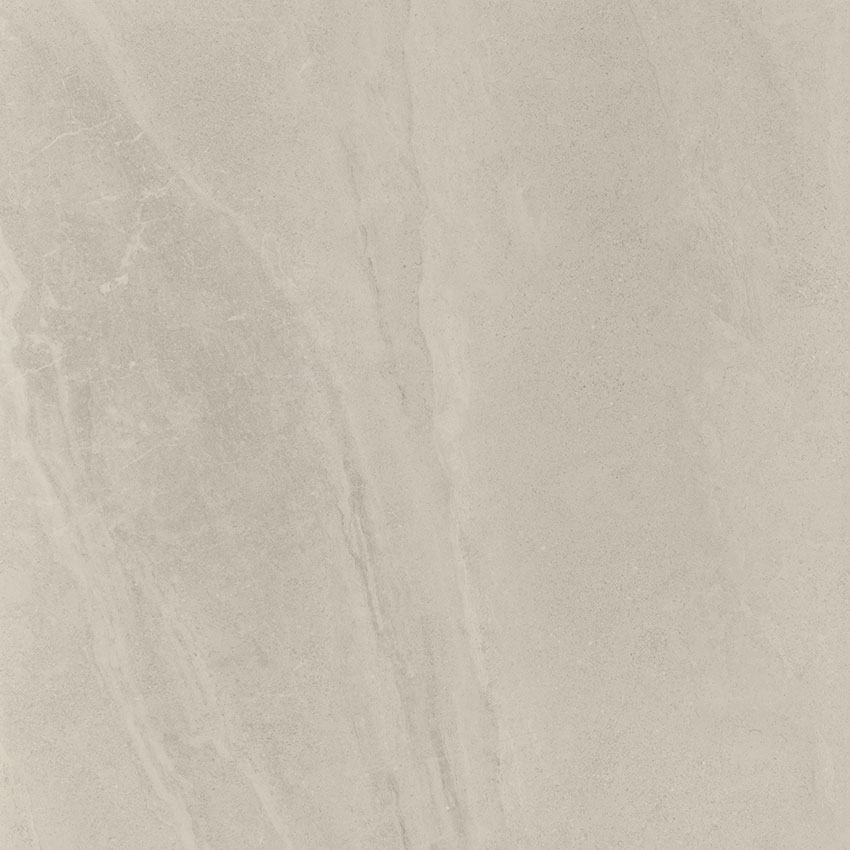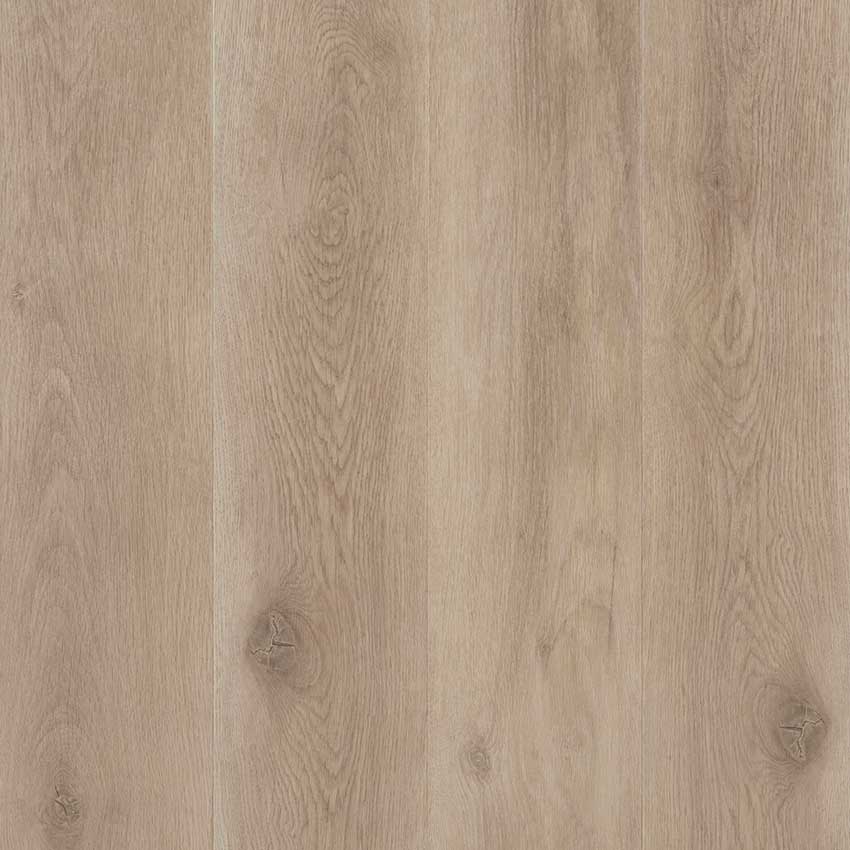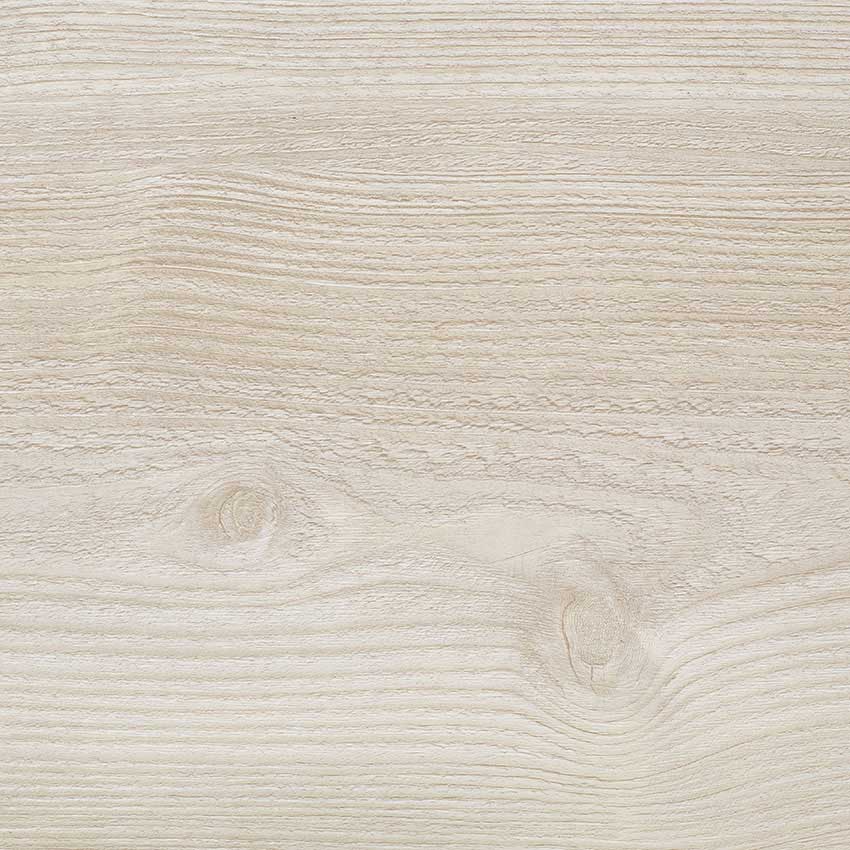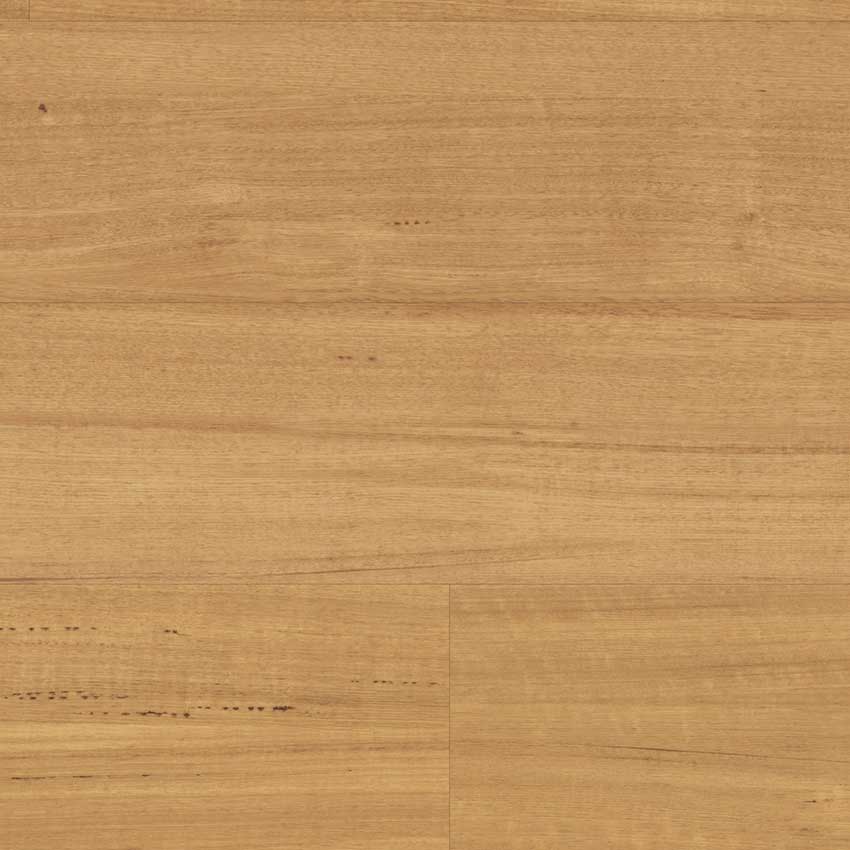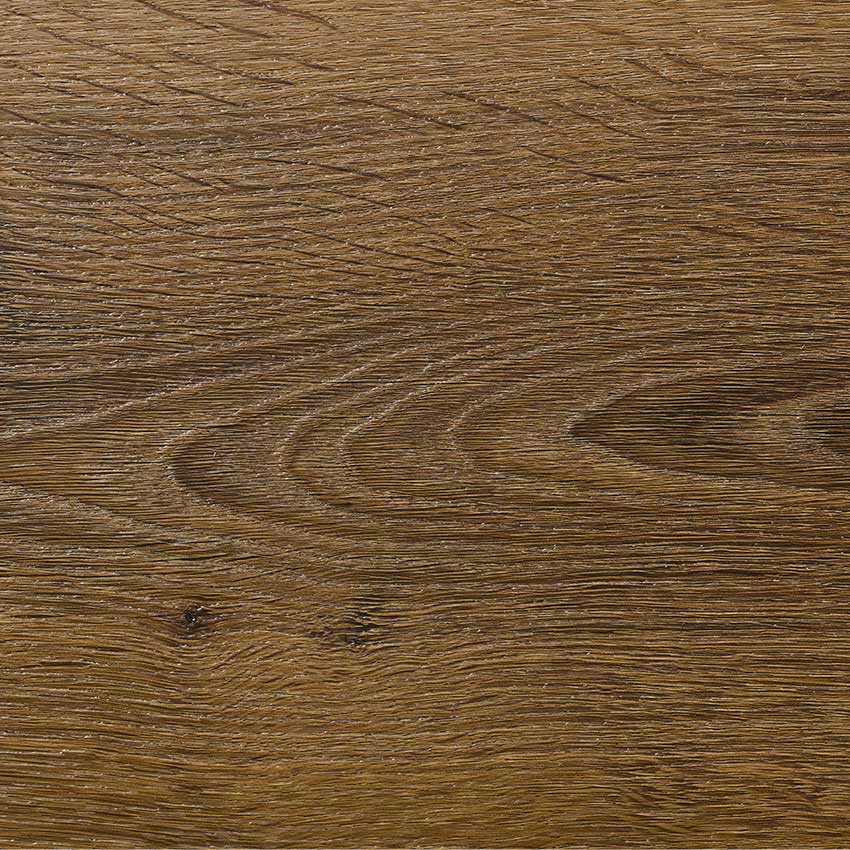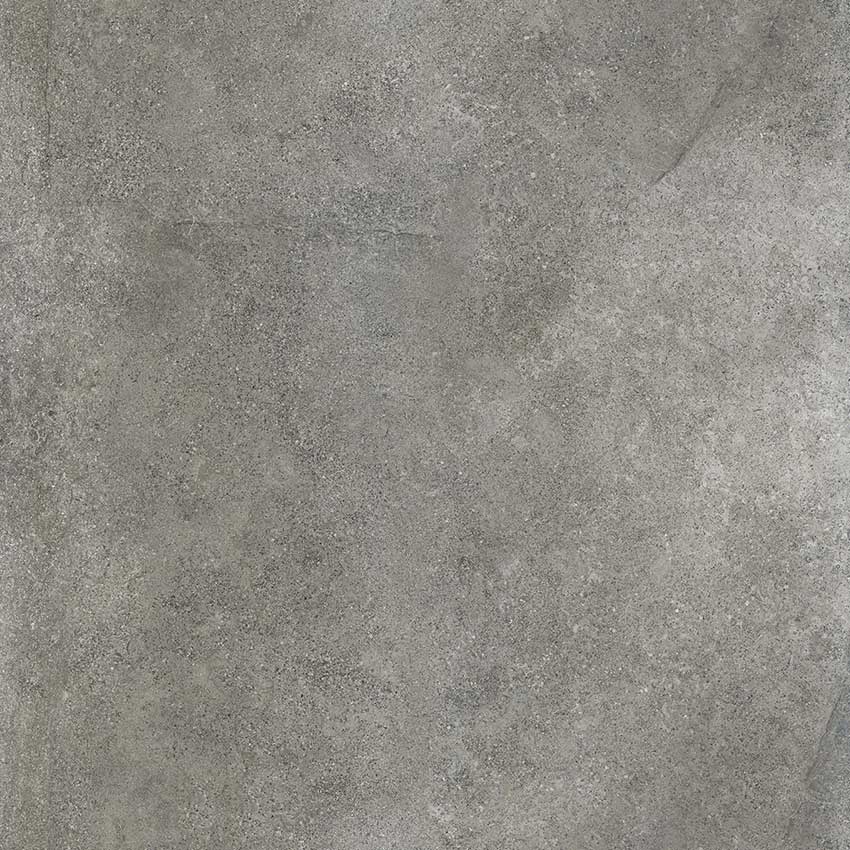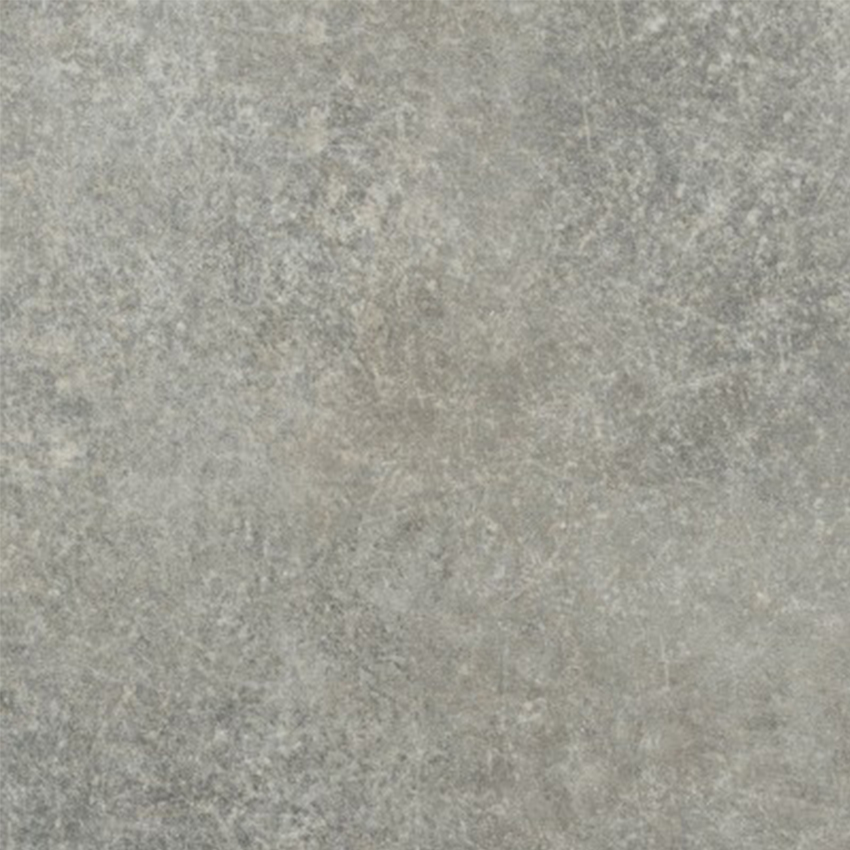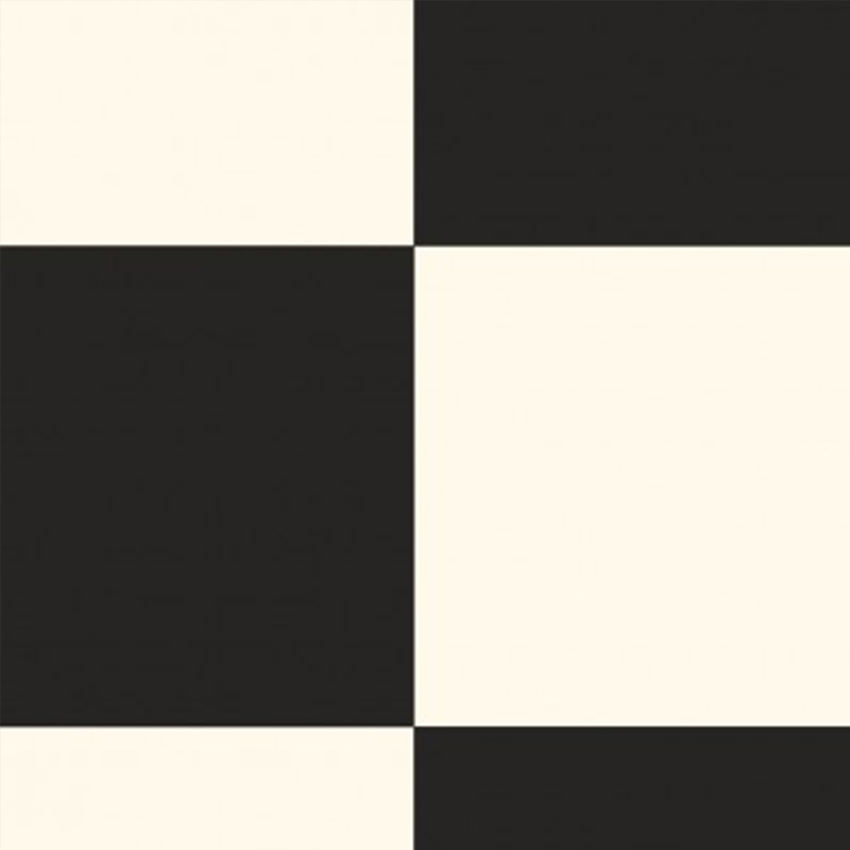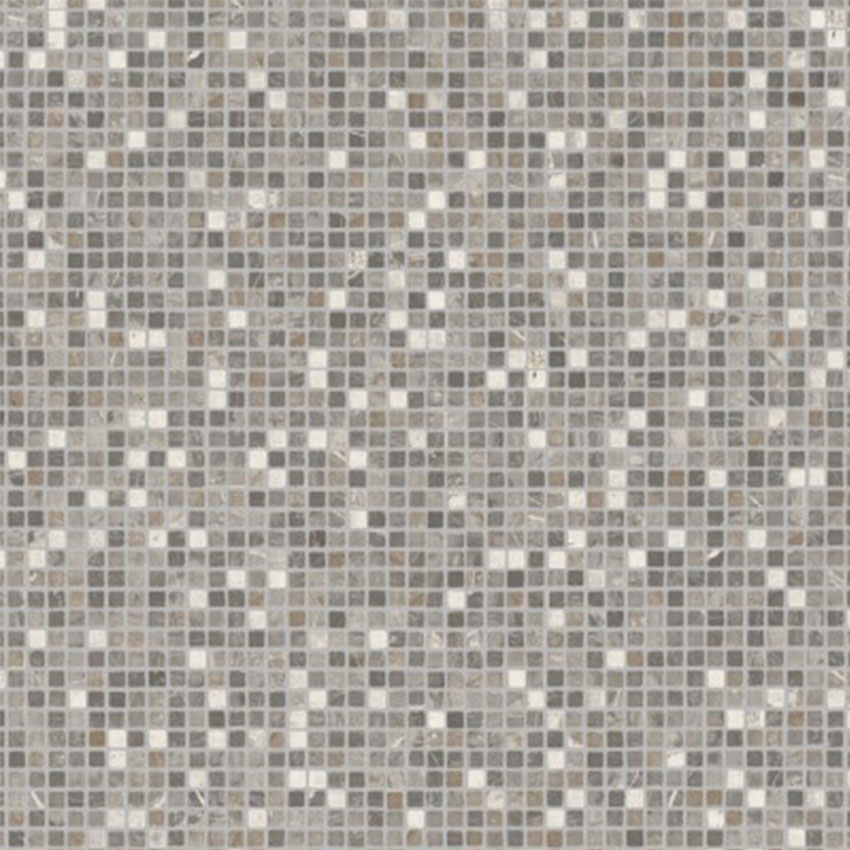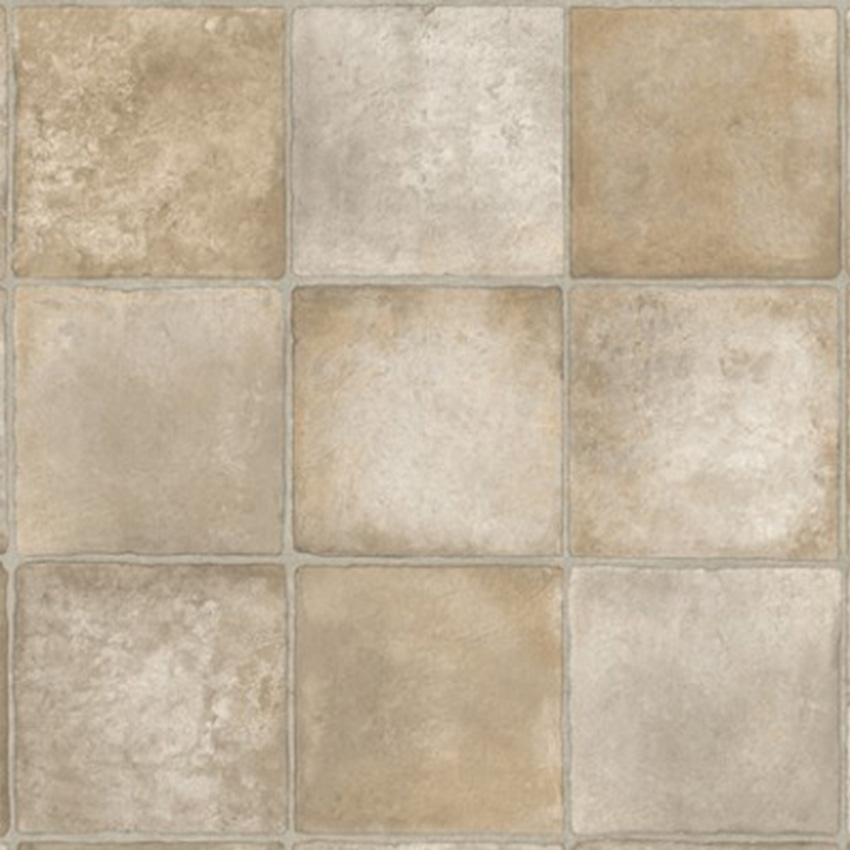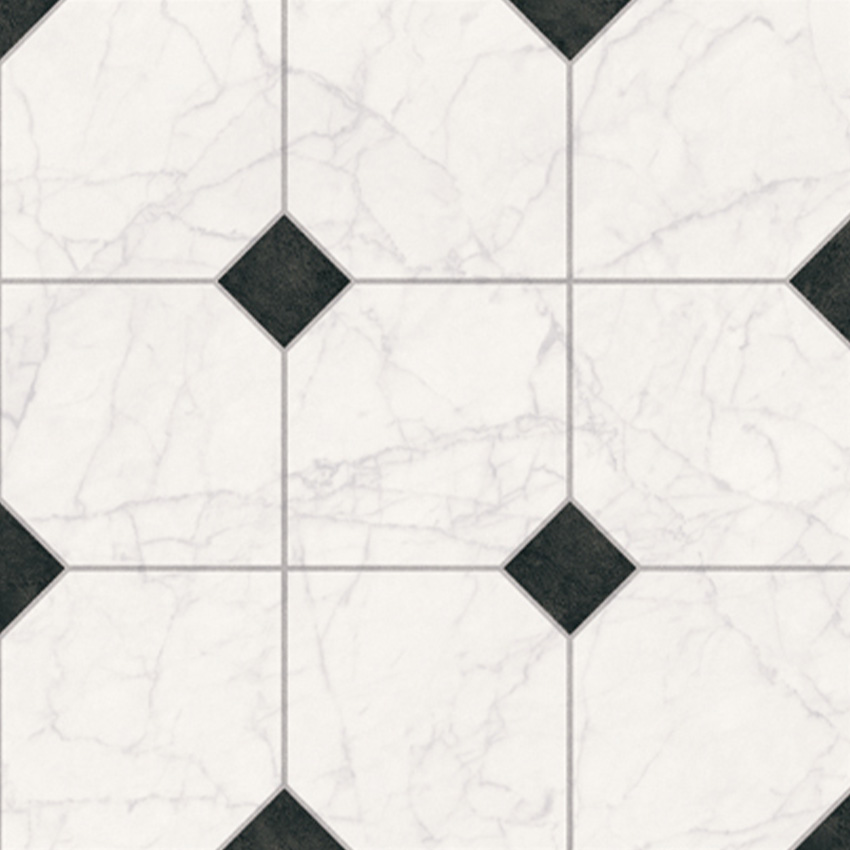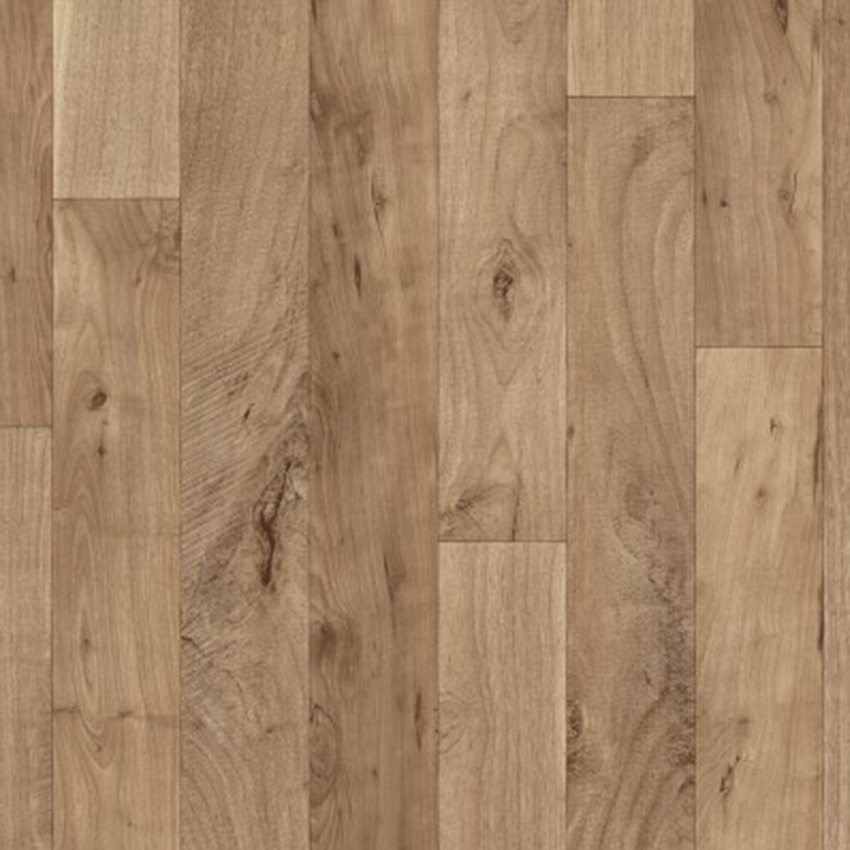Flooring Types
It can be daunting walking into a flooring shop and seeing thousands of products that you could choose.
Here are some tips for how to choose your flooring.
About Carpet
Historically, in New Zealand, wool was the most popular carpet, but with advances in quality and technology, synthetics are now the carpets of choice for most Kiwis. At Carpet Court, we stock both wool and synthetic ranges including our exclusive ‘Rhino’ SmartStrand Carpet.
Comfort
We all know carpet is soft underfoot, and with a variety of styles and matched with the right underlay, will provide the softest floor solution. It’s ideal for living spaces where ‘comfort on the floor’ is important, such as children’s play areas, bedrooms and lounges.
Performance
Like most things you get what you pay for and carpet is no different. Carpet comes in a variety of fibre types and styles and each has their own unique characteristics. At Carpet Court, the 3 key factors we talk to our customers about when it comes to carpet performance are stain, fade and wear.
For example, our ‘Rhino’ SmartStrand carpet just might be the most fade, stain and wear resistant carpet available on the market today and is also one of the softest.
In high use or commercial areas, a loop pile carpet could be more appropriate as it is hardier, but expect to compromise on the level of softness. Fibres such as solution dyed nylon can also be a good choice when hard wear and fade resistance are important, but not much can compete with our ‘Rhino’ SmartStrand carpet for stain resistance.
Warmth / Insulation Factor
Nothing beats carpet for comfort and warmth and when matched with a quality underlay it’s ideal for homes with heating issues, and acts as a great sound insulator.
Cost
Carpet is an important investment in your home. Basic carpets can start at less than $20 per square metre, with top ranges going for over a hundred dollars. It all depends on what’s most important to you. Sticking to a budget? Long-lasting? Stain resistance? Or maybe it’s just getting that perfect look you’ve always dreamed of.
Ideal for
Living areas, hallways and bedrooms.
Pros
Soft, warm, comfortable, luxurious
Cons
Carpet is a fabric, think of it like a piece of clothing. With a little bit of regular maintenance combined with a professional clean every 18 months or so, carpet will look good for years to come. Carpet is more affected by stains and wear than hard flooring options.
Types of Carpet Fibres
Triexta
We sell genuine SmartStrand ‘Rhino’ Carpet which is the leading triexta product. It’s exclusive to Carpet Court, and just might be the best performing carpet in the market today. Building on the original SmartStrand carpet with stain resistance built into the core of the fibre, our Rhino Carpet now has Forever Clean – a revolutionary nanotechnology which creates a superior spill and soil barrier. And because it’s SmartStrand, it’s stain resistance is built into the fibre so it can’t wash, walk or wear off. If you have kids and pets, or are planning to stay in your home for a while, it’s the perfect choice.
Wool
Wool is soft, durable and warm. It is a traditional carpet material and is still chosen by those who want a natural fibre.
Nylon
Nylon is the most commonly used carpet fibre. It’s an excellent choice when durability is important. It’s not naturally stain resistant so most nylon carpets are treated with a stain guard to add a level of stain protection. However, this protection will wear off over time.
Polyester
Polyester offers exceptional softness and colour clarity, and is also naturally stain and fade resistant. Polyester styles are good choices for low – to medium – traffic areas and represent great value.
Polypropylene
Less expensive than nylon, it is a great choice when price is your main consideration. It’s a coarser fibre and lacks the softness and comfort of other materials. The fibre is strong, so while it won’t wear out, don’t be surprised if it loses its appearance quicker than other carpets.
Different Carpet Piles
Carpet is made in many different styles from a variety of fibres. The main types are cut pile, loop pile and sometimes a combination of both.
Cut Pile
Cut Pile carpets are popular because they come in a wide range of styles from the classic velvet look through to long shag piles, and everything in between. Cut piles can be made incredibly plush and soft.
Loop Pile
Loop pile carpets have come a long way from the traditional berber looks of the past, and now come in a variety of patterns and modern textures that will suit most homes and wear extremely well.
Carpet Measurements Explained
Carpet is produced in rolls which are generally 3.66 or 4m wide and can only be purchased by linear/broadloom metre. A linear metre is 1m of the carpet roll width. We convert and indicate the square metre price so a true comparison with other flooring solutions can be made.
What is Laminate
Laminate is an exceptionally hard-wearing synthetic flooring product. It simulates a wood look with a realistic wood photo layer under a clear protective layer. The core is a High Density fibre board, on a moisture resistant balancing layer. Because it’s a Digital print on a high density core board, can be more flexible in providing different looks, and creating uniformity e.g. having the authentic timber look without the natural “wild colour variation” some species have.
Comfort
Laminate sits on a dense, acoustic underlay so it feels solid but forgiving and smooth underfoot. It’s ideal for heavy wear environments as it’s easy to maintain and clean – with no need to worry about spills or liquid. There are now also some laminate options that can be installed in bathroom, laundry and other wet areas, so you can have one consistent flooring option throughout your home.
Durability
Laminate is very durable, and hygienic as most brands contain a protective anti-static layer that deters dust settling. It is also very easy to maintain. The durability of the laminate is determined by the quality of the protective surface layer, namely the more you invest the higher protection layer, the more durable the laminate. Laminate allows you to have the wood look without some of the aging characteristics natural hardwood poses – such as scratching, colour change, and maintenance.
Warmth / Insulation Factor
Laminate on underlay acts as a natural insulator. Because it is not glued to the floor it takes on the room temperature feeling warmer underfoot.
Cost
Laminate provides a wood look at a lower cost point, both because laminate has a lower production cost and it’s easier and more time efficient to install.
Pros
Laminate flooring has grown significantly in popularity, because of its extremely low maintenance, and durability. Everyone can have the natural timber look without the cost of a real hardwood floor. It is also easy to install over surfaces that are not completely flat, meaning it’s ideal for sub-floors that might not be perfect.
Cons
Can’t sand and recoat.
Ideal for
All areas of the house (bathrooms and laundries excluded for some ranges).
What is engineered wood?
Engineered timber is an “enhanced” version of a solid timber floor with the natural “issues” you get with timber removed… eg. No bowing, buckling, warping, gapping between boards.
Comfort
Timber is a natural insulator so it keeps the warmth in your feet. As a hard floor, it is a firm surface, but provides the natural textures and feel of wood. It is a nostalgic look with no two boards being the same. It ages charmingly along with your home.
Durability
Wood is very durable. You can either re-oil or sand and re-coat your timber flooring when needed. Timber floors last a lifetime if maintained correctly and tend to gracefully age as time passes. Engineered wood is also more dimensionally stable than untreated timber.
Warmth / Insulation Factor
Timber is a natural insulator so it keeps the warmth in your feet.
Cost
Engineered wood is the most expensive hard flooring options with price varying on timber grade (Finesse to Character) and Timber species (Oak, Merbau, Jarrah etc).
Pros
Timber is one of the only flooring options that is said to add value to your home as it is natural and unique. Engineered wood is also prefinished. This means you can walk on it as soon as it is installed with no nasty treatment smells, or long finish time required.
Cons
Maintenance is needed to keep your timber floor looking good and protected.
Ideal for
All areas excluding Bathrooms, toilets and laundries.
What is Luxury Vinyl Tiles (LVT)?
Luxury vinyl tiles (LVT) mimic the look of a natural materials through realistic images and textures. It is a relatively new technology in vinyl flooring and as it is on a flexible backing can be easily installed in difficult areas. It more closely resembles wood or stone as it’s sold in planks or tiles rather than a vinyl sheet.
Comfort
Also known as Luxury Vinyl Tiles (LVT), vinyl planks and tiles are softer underfoot than natural materials. It is thinner and lighter than timber, ceramic tiles and laminate, and can be installed where natural products wouldn’t be suitable. LVT combines the natural look of real wood or stone flooring and is warmer, quieter and softer underfoot.
Durability
LVT will not splinter or crack like natural materials, ensuring that the floor carries on looking beautiful in the toughest of environments. This durability means that there is little need for repairs and no unsightly damage often associated with natural materials.
Warmth / Insulation Factor
Whereas wood and stone are susceptible to temperature changes, LVT is warmer underfoot than its natural counterparts. It is also suitable for installing over underfloor heating systems and some ranges can be used in conjunction with acoustic underlay for extra sound insulation.
Cost
Gone are the days of cheap ‘lino’, with LVT offering a wide range of options at different price points.
Pros
LVT is a hard wearing, comfortable, hygienic and versatile flooring alternative. It offers easy maintenance, faster installation and natural beauty in your interior.
Cons
LVT is very durable, but with incredibly heavy sharp objects could dent or scratch. The PVC backing can shrink and expand in the sun over time, and after a few years in the home could have gaps.
Ideal for
LVT is ideal for homeowners looking for hard flooring alternative without the practical drawbacks of natural materials. Investing in quality that lasts, LVT is suitable for every room in the house.
About Vinyl
Vinyl is a great choice for kitchens and bathrooms because it’s easy to keep clean and water resistant. It’s a cost effective way to experiment with bold design choices – as it’s printed there are variety of unique designs.
Comfort
Vinyl reduces noise bringing quiet comfort to your home. Ideal for apartments, flats or corridors and re-covering hard and noisy floors. Nowadays, vinyl looks good, not cheap and is a realistic and premium look without impact on the budget.
Durability
Vinyl is perfect for your high traffic, everyday areas of the house that find itself thrown with all sorts of elements. It is protected by scuff, scratch and stain resistant surface treatments.
Warmth / Insulation Factor
Vinyl can bring warmth with it’ soft, absorbent backing which insulates against the cold, and locks in the heat into often damp and cold areas of the house.
Cost
Vinyl is an easy to install and easy to maintain option that is shown on the floor and in your wallet. It can be laid directly, without adhesives, over existing floors and on uneven surfaces to save time and eliminate hidden costs.
Pros
Waterproof, Anti-mildew, Easy to clean, Eco friendly.
Cons
Scuffs from shoes often show.
Ideal for
Bathrooms, Kitchens, Wet Areas, Flats.
About Tiles
Tiles are one of the most durable hard flooring choices. They are well suited to indoor/ outdoor living spaces, and continuing the same look throughout. They’re perfect for wet areas such as kitchens, bathrooms and laundries.
Comfort
Tiles give comfort in their ability to provide both coolness and warmth, depending on your climate and requirements. In homes that tend to get hot or hold the heat, tiles are a great choice as they can remain cool in those warm areas of the house. Alternatively with the assistance of underfloor heating, Tiles can provide a lovely warming ambience and feel warm on the feet at the same time.
Durability
Tiles are incredibly durable, and withstand most types of wear and tear. With Exterior non slip, Interior Matt & Polished finishes designed for specific areas of your home, the look and finish of the tile will hold its quality for many years to come. Tiles will not wear out like other flooring options.
Warmth / Insulation Factor
Tiles are better conductors of heat, rather than insulators – and as such are typically better in living areas of homes that need to be heated via under floor heating systems.
Cost
Tiles are not necessarily expensive themselves, but can be costly to install. Tiles require a well prepared and completely flat surface, which may require some major preparation work. Tiles start at around $50 dollars per square metre. Tiles and installation are competitive with any other flooring option.
Pros
Durable – dent, and stain-resistant, huge selection of colours, shapes, and sizes and very easy to clean. They are fantastic for indoor to outdoor environments allowing you to maintain a consistent look across your living spaces. Tiles can also provide an incredibly upmarket, polished look, which is easy to maintain – giving you comfort that your investment will last and continue to look great and give you that 5 Star Feel!
Cons
Grouting can discolour, so sealing is recommended. Hard surface so don’t drop your coffee cup.
Ideal for
In-door/ outdoor living. Wet water areas such as kitchens, bathrooms and laundry’s in addition to dining areas and hallways.

